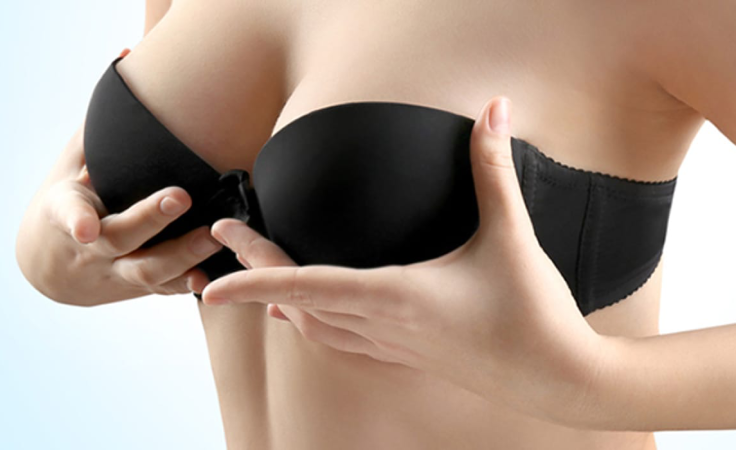
Mastopexy (Breast Uplift)
Breast augmentation is a surgical procedure performed to enlarge the breasts for a number of reasons:
To enhance the body contour of a woman, who feels her breasts are too small.
To correct a loss in breast volume after pregnancy.
To balance breast size when the breasts are asymmetrical.
For correction of drooping breasts (Ptosis).
As a reconstructive technique for various conditions e.g. Post Cancer Breast Reconstruction.
The Operation
Augmentation is a very successful operation for enlarging the breasts, so that they are in proportion with the rest of your figure. You will however be left with neat, inconspicuous scars, which are in the fold underneath the breast. Alternatively, the incisions may be made around the areola or in the armpit. There is no damage to the breast tissue, from augmentation, and you can breastfeed should you become pregnant following this surgery. You will be advised before your operation, regarding size, shape benefits and risks, and any questions you may have will be answered.
The operation is performed under general anaesthetic and your hospital stay will be 24-48 hrs post surgery.
Implants placed either under the breast tissue or behind chest muscleBreasts can be made larger by placing an implant either under the breast tissue or behind the muscle on which the breast lies as shown here.
Breast Implants
A breast implant is made of an outer layer of silicone, but may be filled with silicone gel, saline (salt water) or soya bean oil. Some implants are round and others are shaped more like a natural breast. Either can give excellent results. The manufacturers life expectancy of breast implants is 10 or more years, although implants can stay in without problems for a much longer time.
Risks
Leakage of silicone can occur either as a slow seepage, or following rupture of the implant. This silicone is almost always contained within the fibrous capsule which the body forms around the implant. Silicone leakage has never conclusively been linked to serious health problems.
The capsule which the body normally forms around the implant can become thickened and contracted. This can lead to pain, and/or an abnormally hard feel of the implant in the breast. The newer designs of implants have features to reduce the likelihood of this happening.
Breast augmentation does not usually interfere in breast feeding, and there is no evidence that any silicone is found in breast milk. The presence of breast implants does interfere inmammography, which is an X-ray screening method for breast cancer detection. Special X-ray views can be taken to minimize this interference. Most women have some degree of a symmetry between breasts and breast augmentation may occasionally exaggerate this difference.
Breast augmentation will always leave scars under the breast or around the areola or in the armpit, and although the scars will settle over 12 or more months, the appearance of the scars does vary between different individuals. This scarring is placed in such a position as to minimize visibility even when wearing a swimming costume.
Other complications that occur with breast augmentation include those associated with all forms of surgery e.g. bleeding and infection. Any infection that may occur in the tissue around the implant can usually be treated with antibiotics, but may require surgical removal of the implant.
Safety of Silicon
Silicone is manufactured into many items including cosmetics, foods and medical implants. Many studies have been conducted to establish whether silicone breast implants cause certain diseases. As a result of these studies we can say that at present there is no evidence to suggest that silicone breast implants are associated with an increased incidence of breast cancer. There is also no evidence to suggest that these implants cause autoimmune diseases such as rheumatoid arthritis.
 WhatsApp
WhatsApp